

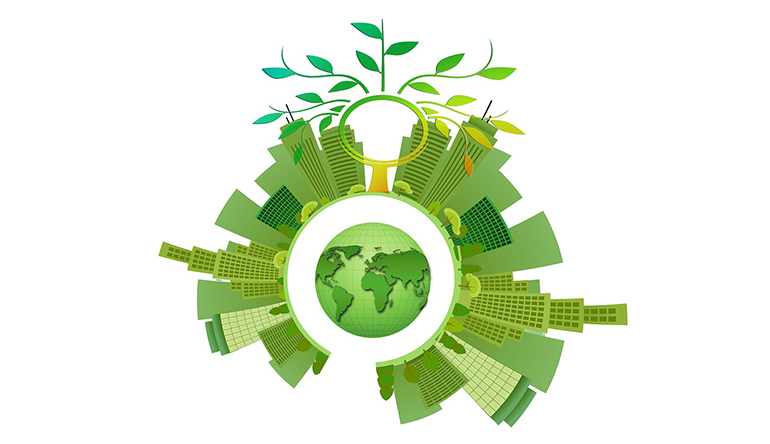
23 Mar
As we have already seen, each construction method may use renewable resources or not. This has a very tangible impact on the sustainability of the project, as well as the House orientation. One more interesting side is surely the usage and the drainage of the water, which can be designed to minimise the waste of probably the most important source of life on the planet. Another aspect that is worth to be taken in consideration is the usage of the garden if there is any. But now let’s see more in detail how sustainability will be affected by the house usage and more in particular by its Insulation and heating system
There are many kinds of different heating systems, we will now list the main ones used today, and we will then consider each one more in detail.
Solar Photovoltaic Panels Solar Thermal Photovoltaic Thermal Heat Pump Biomass Heating Wind Turbine Hydro Power
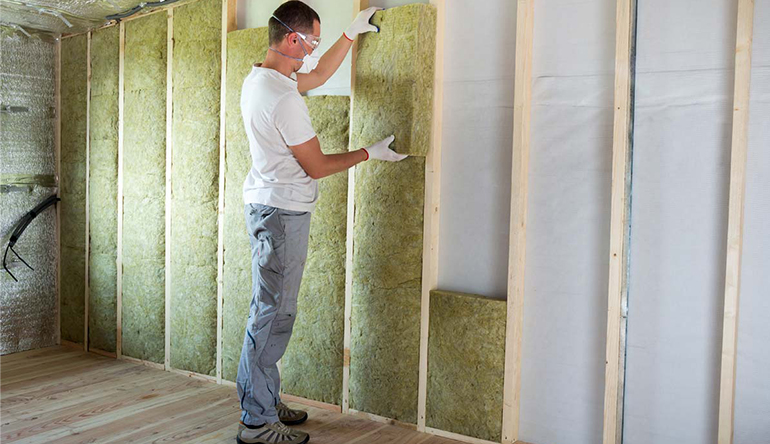
Thermal insulation but also Acoustic Insulation are fundamental for comfort. Thermal insulation and a good Air Ventilation system are also mandatory even if your objective is to achieve savings on your electricity bill and be gentle with the environment. It is important also to consider that while the construction of the house regards a relatively brief time, this aspects will instead affect the sustainability of your House for all its lifetime.
We suggest that you ask your architect to advise you and pay extra attention to possible thermal bridges, that not only can create molds in the property but can also negatively affect your energy consumption.
A well insulated building means also an Air Tight building. most people believe for example that the foam around the window frame is air tight when in fact it is usually not classified so. In order to achieve air tightness in fact you will need to make sure to tape every opening in an efficient way.
Triple glazing windows also help a lot regarding heat loss and even if they cost usually 10-15% more, they will help you maintain your bills lower in time.
Consider using brie soleil as well for preserving the ambient cool in summer as well as well as a Mechanical Ventilation System that will keep your house ventilated and worm in winter, without necessarily opening your windows.
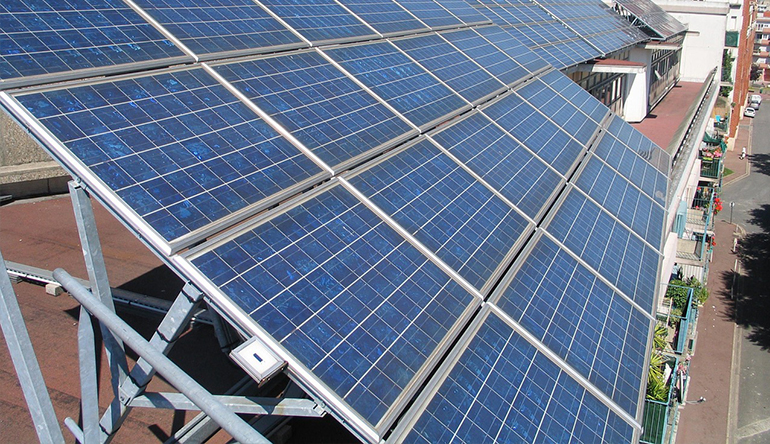
The most common green energy source is surely the sun. Through the installation of photovoltaic panels and a battery for storing the energy , you will be able to save an average of £ 600 per year on your energy bill. This means that usually installing these not only will help the environment but it will also make a valid investment after 10-12 years. These don’t usually need planning permission and most of the time will be installed on the roof, as they offer best performance at the right angle, without shadows and of course facing South.
Its cost can vary from £ 7,000 to £ 12,000 for a 4KW plant depending mostly on the appearance of the panels (higher costs for more integrated designs). After 10 years then, the inverter unit will need to be replaced and for the rest there are technically no other maintenance costs.
Solar Thermal panels use the energy of the sun only for helping generating hot water. Usually these panels, as well as the photovoltaic ones, are located on the roof, and don’t work with most combi boilers nor with the heating system as of course the amount of energy they produce is higher when the outside temperature is higher as well.
Like for the more common photovoltaic you don’t need a planning permission unless your building isn’t a listed building. Their cost is relatively cheap and they can come in two types:Solar Evacuated Tubes and Flat Plate Systems, the first kind being more efficient but also slightly more expensive, for a cost of £ 1,000 for a couple of panels against £ 500 for the flat kind.
This is basically a combination of Photovoltaic panels and Solar Thermal panels, where the panels will help you generate electricity as well as hot water.
This system does not require a lot of maintenance and it can resist even to floods but unfortunately once the external perimeter is built with this method, changes to the design become very expensive and difficult to realize, Plus experienced builders with this kind of expensive formwork are rare, being the innovation quite recent.
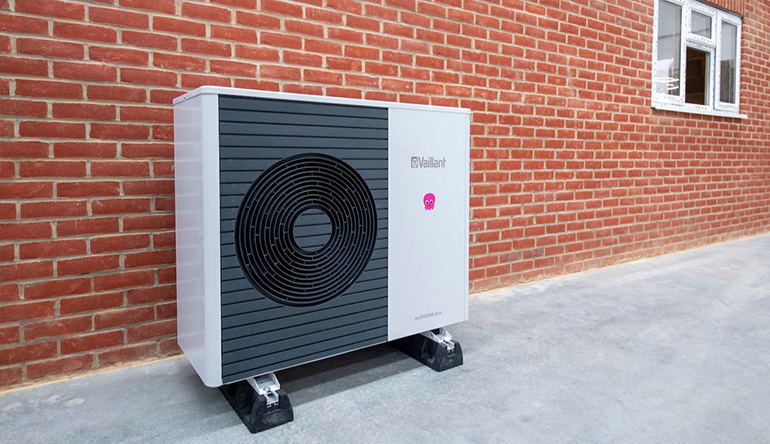
Heat pumps are a considerable source for savings regarding the energy consumed to heat your home. They also come in 2 main different kinds. The first kind is called Air Heat Pump, and as the name suggests, it brings heat due to an heat exchange in the air. Be aware that for each type of heating plant you are considering you should always have a plant room, that would most probably get really hot, and you should not waste this heat.
The second kind is a Ground Source Heat Pump and usually requires more space in the garden, or alternatively it can be installed going deep in a more contained garden. A Ground Source Heat Pump can be used not only to bring heat in winter but also for refreshing the air in summer.
Prices of these different Heat pumps are £5,000 + £500 per Kilowatt for the Air one, and between £ 1,500 and £ 2,000 per Kilowatt for the Ground one.
Biomass Heat comes from the combustion of a product that grows naturally. They come in two different types: Logs and Pellet. Log ones are actually cheaper but they are more messy and require more attention from the user. The quantity of heat generated from logs depends from quantity and quality of the logs put to burn, so they are not adapt to work as a principal heat source. While both types can work as boilers and stoves with back boilers. Pellet are easier to be used and generate a standard heat per pellet so that they can work also as a main heat source.
Boilers working with biomass have usually a 20 years life time and are advantageous only if your house is big enough to cover the investment in time, as their cost can go respectively from £ 5,000 to £ 10,000 per Logs Boilers, and from £ 6,000 to £ 12,000 for pellets, depending on the quantity that can be loaded and the complexity of the charging fuel.
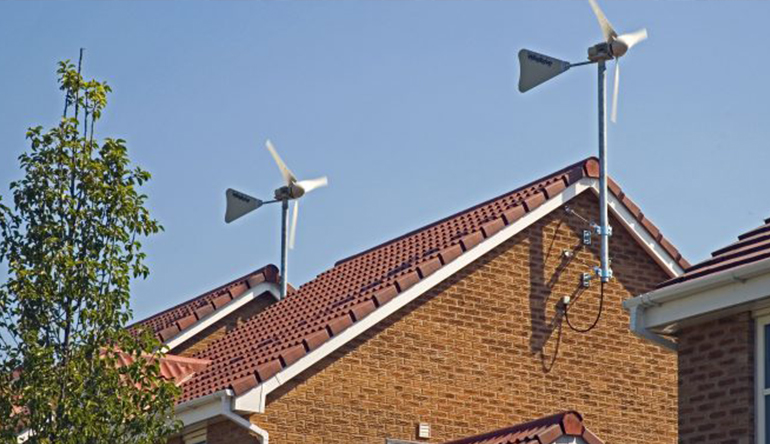
The last two heating system that we are taking in consideration for sustainable private houses are Wind Turbine and Hydro Power. Regarding wind turbine you will need planning permission but although you will have to build it away from trees and make sure you will not disturb your neighbors their installation is quite straight forward. However, these will generate power only when the wind will be over 5 m/s.
Hydro power instead will require a plot that is close to a steam or a river. However if you are this lucky, this form of renewable energy is the most respectful for the environment and probably also the more efficient, as a hydro turbine of 500 W will provide enough energy for a well insulated home. In case you are close to a river or a steam, it is always worth to have a site survey to measure the flow, and check if an installation of a turbine might be possible and convenient.
Leave a Comment